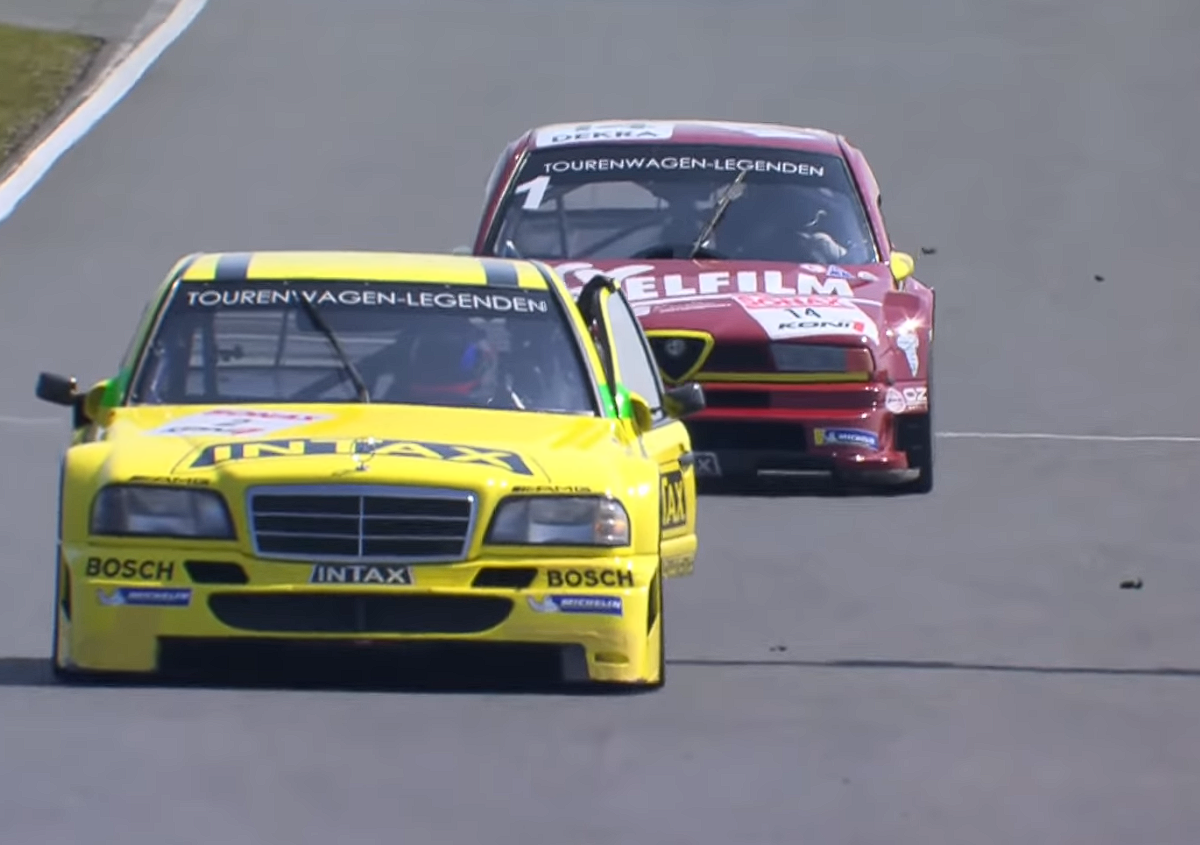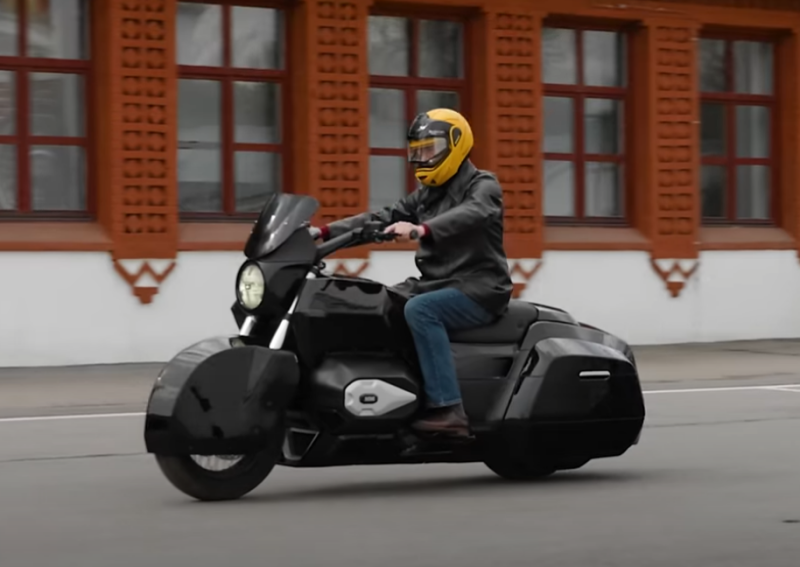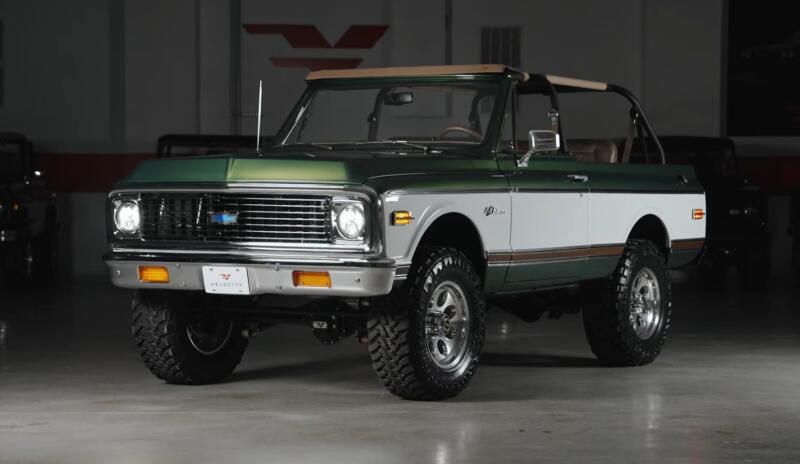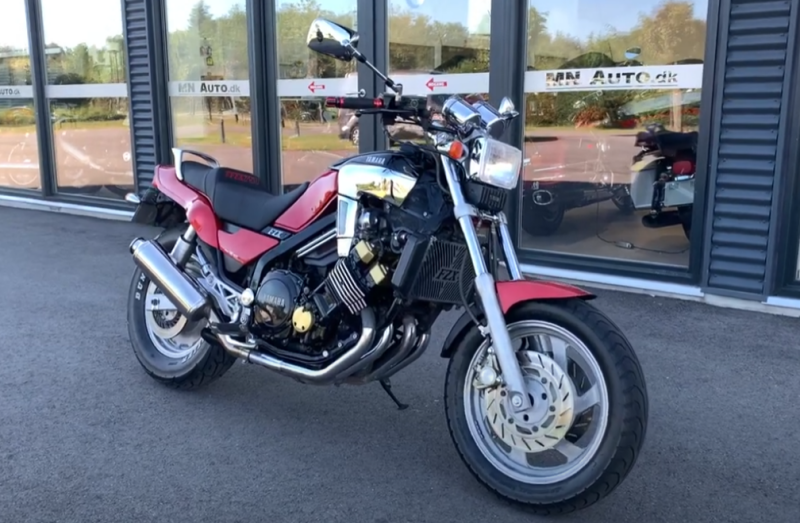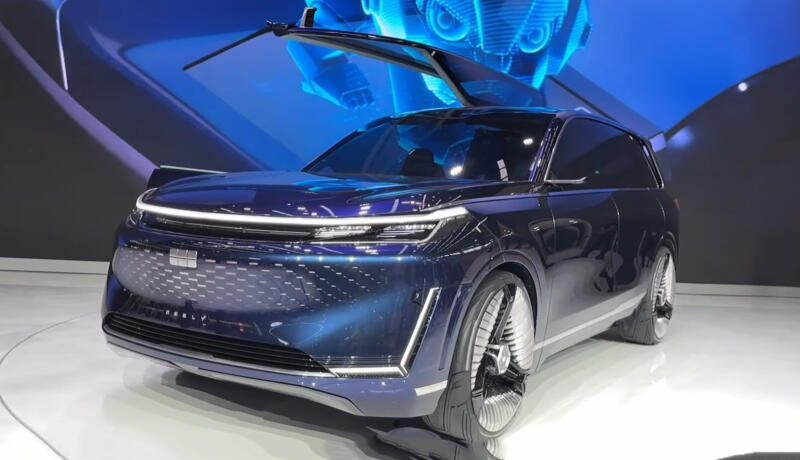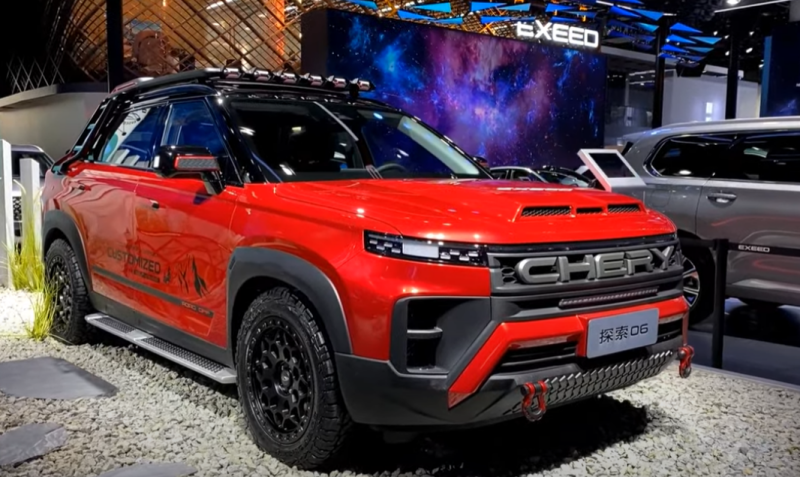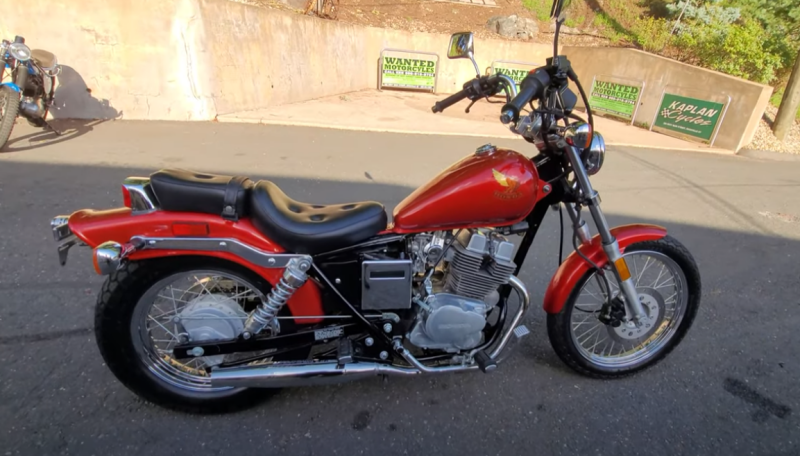Luckily for Italian newcomers, in 1993 the technical regulations in the DTM were changed, moving to the requirements of the "FIA Class-1". Now de facto "silhouettes" were allowed to participate, with engines with a working volume of no more than 2,5 liters, and no more than six cylinders. In addition to electronics, another area in which the FIA Class 1 left more room to work than in the former "Group A" was aerodynamics. The only limitation was that all of the car's aerodynamic elements, except for the rear wing, were mounted below the top of the wheel hubs. This led to complex bumpers and side skirts, but allowed the cars to retain a relatively "standard" look.
Technics Alfa-Romeo 155TI
The Italian "la belle machine" combined a high-revving V6 engine with a Q4 all-wheel drive system. A third of the power was sent to the front wheels and the rest to the rear. A 2,5-liter light-alloy naturally aspirated engine produced 400 hp. at 11 rpm. and was installed in front of the front axle. But a six-speed gearbox was installed in the middle of the car, for optimal weight distribution.
 Alfa-Romeo 155TI. Photo: Youtube.com
Alfa-Romeo 155TI. Photo: Youtube.comTo comply with the regulations, Alfa-Romeo retained the 155's steel strut frame, but the outer panels, although they looked "standard", were made of carbon fiber. Inside, the car did not at all resemble a road relative: the driver's seat was installed almost in the middle of the car, next to the gearbox.
Since Mercedes-Benz woke up after the first crushing defeats, Alfa Corse engineers also continued to refine the 155 model. First, the standard gearbox was replaced with a sequential gearbox, and then they completely installed a semi-automatic gearbox with paddle shifters, in the style of Formula 1.
The engine was also constantly worked on. In its final form, it had a wider camber angle (90 degrees), used an "air valve" and developed a staggering 490 hp. at 12 rpm. It is curious that this engine was no longer a native Alfa-Romeo engine! The designers decided to use the "RPV" (joint V000 engine of Renault, Peugeot and Volvo) as the basis, being able to install this block thanks to the Lancia Thema car, on which they were also used.
 Alfa-Romeo engine. Photo: Youtube.com
Alfa-Romeo engine. Photo: Youtube.comAnd although the Italians officially stated that the new Alfa-Romeo engine was based on a Ferrari block, this was not the case. Debut of the new Lancia 90 engineo V6 (2498 cm3, 98X55,2 mm, 490 HP at 12 rpm) took place at the Nurburgring and returned the Italians to the fight for the 000 title.
Technics Mercedes-Benz C-Class
The Germans were shocked by the defeat in their native championship, so for the 1994 season they developed a new car based on the recently introduced W202 C-class sedan. The body was taken from a production road car, but with a cut off front part, which was replaced with a specially made subframe, which housed the engine and front suspension on double wishbones with springs and shock absorbers. The rear suspension had a multi-link design. Among the high-tech features allowed in "Class 1" were ABS and traction control.
 Mercedes-Benz C-Class DTM. Photo: Youtube.com
Mercedes-Benz C-Class DTM. Photo: Youtube.comThe four-cylinder engine used in previous seasons was replaced by a new M106 engine - V6 90o, with a working volume of just under 2,5 liters. This engine was based on the 4,2-liter V8 from the E420 and S420 models - the rules allowed for such liberties. Equipped with two overhead camshafts and four valves per cylinder, the compact German unit, however, weighed only 110 kilograms, due to the extensive use of light alloys.
 Mercedes-Benz M106 engine. Photo: Youtube.com
Mercedes-Benz M106 engine. Photo: Youtube.comThe first version of the engine developed 400 horsepower, and was connected to a six-speed sequential gearbox installed at the rear of the car to improve weight distribution. In the course of evolution, the power of the German engine grew to 500 horses, and the gearbox received a drive and characteristics corresponding to Formula 1 cars. While Alfa Romeo had four-wheel drive, Mercedes-Benz had to settle for rear-wheel drive for the new DTM race car, as none of the C-Class modifications were all-wheel drive.
Chronology of rivalry. 1993 Champion - Nicola Larini, Alfa-Romeo
Alfa Corse provided two 155 V6 TIs for factory drivers Alessandro Nannini and Nicola Larini. Both of these Italians had previously raced in F1 and secured Alfa-Romeo's dominance in the Italian SuperTurismo championship in 1992. From the start of the season, it was clear that the new Alfa Romeo was the strongest car in the DTM. The main resistance came from Mercedes-Benz, who drove the outdated 190E.
 Mercedes 190E 2.5-16 Evo II DTM. Photo: Youtube.com
Mercedes 190E 2.5-16 Evo II DTM. Photo: Youtube.comThe car's winning debut at the Zolder circuit was the first step towards Nicola Larini taking the title by beating reigning champion Klaus Ludwig of the Mercedes-Benz mega-team. The Alfa Corse team dominated the whole season with twelve wins out of a possible twenty.
1994 Champion - Klaus Ludwig, Mercedes-Benz
This year, the German manufacturer has exhibited six examples of the new C-Class DTM. Among the riders, the "three-pointed star" was the 1992 champion Klaus Ludwig, as well as the only woman participating in the DTM, Ellen Lohr. The new Mercedes-Benz had the upper hand, and although the Alfa Romeo drivers scored eleven victories to Mercedes' nine, thanks to consistent results, Klaus Ludwig won a second DTM title.
1995 Bernd Schneider, who plays for the AMG-Racing team, became the champion of both series: DTM and ITC
The extremely complex cars and exciting races of 1994 attracted the attention of spectators all over the world! Therefore, in 1995, the championship was supplemented by six international stages (FIA ITC or International Touring Car Championship), each of which included two races. The DTM championship also consisted of six stages of two races.
 Diffusers appeared on late Mercedes C-Class. Photo: Youtube.com
Diffusers appeared on late Mercedes C-Class. Photo: Youtube.comThe victories were shared by Alfa-Romeo and Mercedes-Benz racers. And this despite the fact that four years have passed since the debut of the Italian car! Lighter and more powerful, the Alfa-Romeo 155 rose to the top again with six wins in a row in the second half of the season! But Alfa Romeo went too far in experimenting with electronics, so it suffered from poor reliability throughout the season. This allowed Bernd Schneider to win the DTM and ITC titles in a dominant style.
1996 Champion - Manuel Reuther, Opel
In 1996, the two championships were merged into the ITC, with the FIA claiming a prominent role as well as a share in lucrative television contracts.
It was the most competitive year under class 1 rules. Each of the three manufacturers scored multiple victories: reigning champion Berndt Schneider won four out of twenty-six races, but Manuel Reuther beat him despite winning only three races.
 Statistically, the German order was stronger than the Italian passion! Photo: Youtube.com
Statistically, the German order was stronger than the Italian passion! Photo: Youtube.comDespite an extremely exciting season, the producers were not happy with the new championship. Perhaps the sport's governing body considered the ITC a threat to Formula 1 - who knows? But the championship gave manufacturers too little marketing return on investment. Alfa Romeo and Opel were especially hard hit, and they didn't sell their cars anywhere outside of Europe. They were fed up with the high costs and withdrew from the championship, effectively ending a short run of the most sophisticated touring cars the world had ever seen.
The Mercedes-Benz C-Class has won three of the five titles in these seasons. But for Alfa Romeo the DTM was also a success: the 155s scored 38 victories: it was a glorious campaign for Alfa Corse! And it turns out that the answer to the question in the title sounds like this: order is more important than passion!
